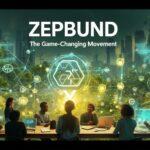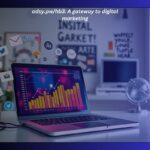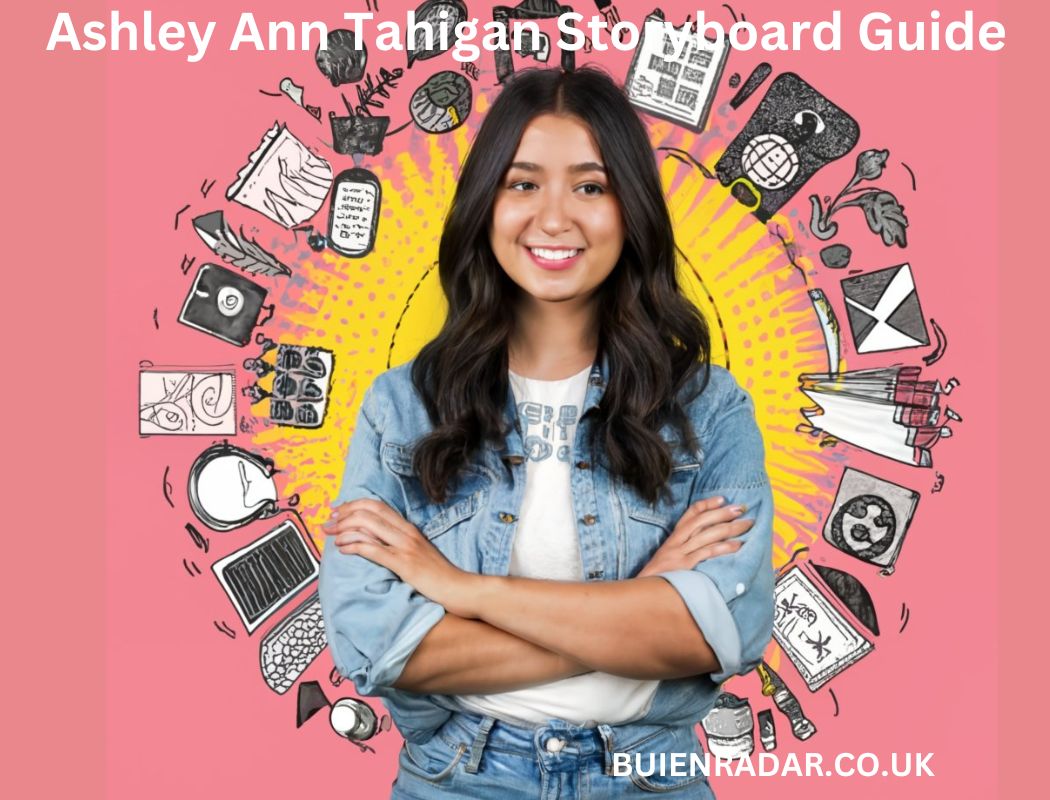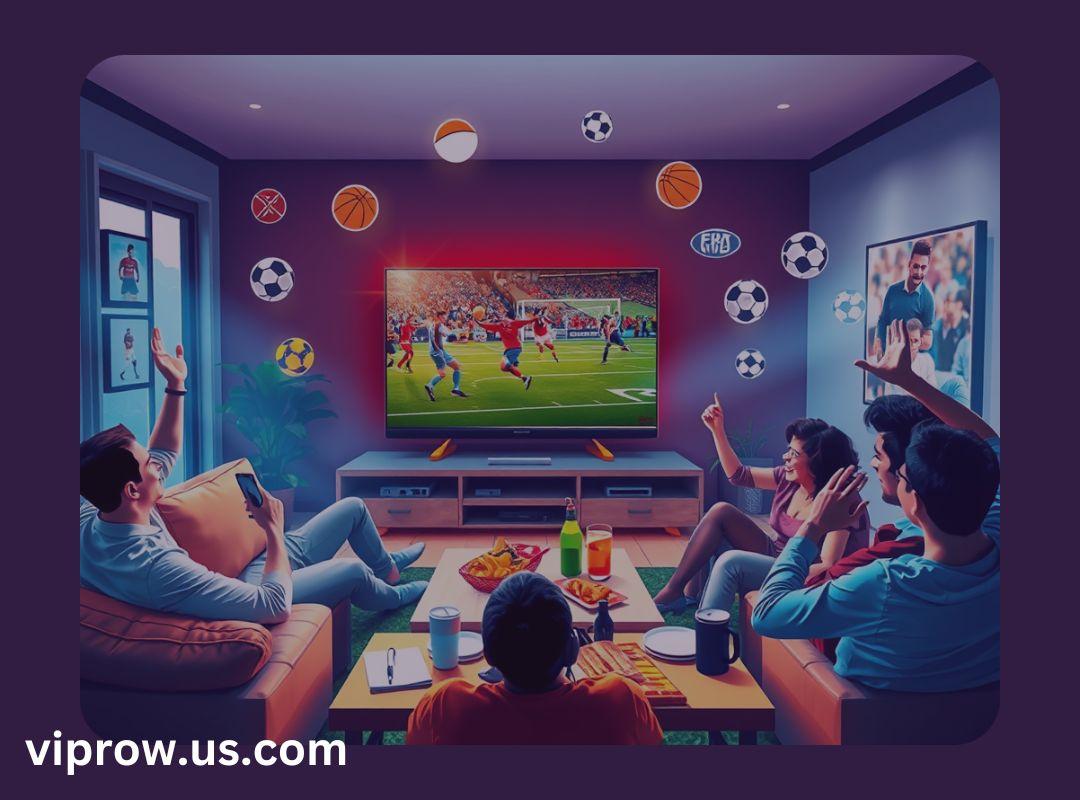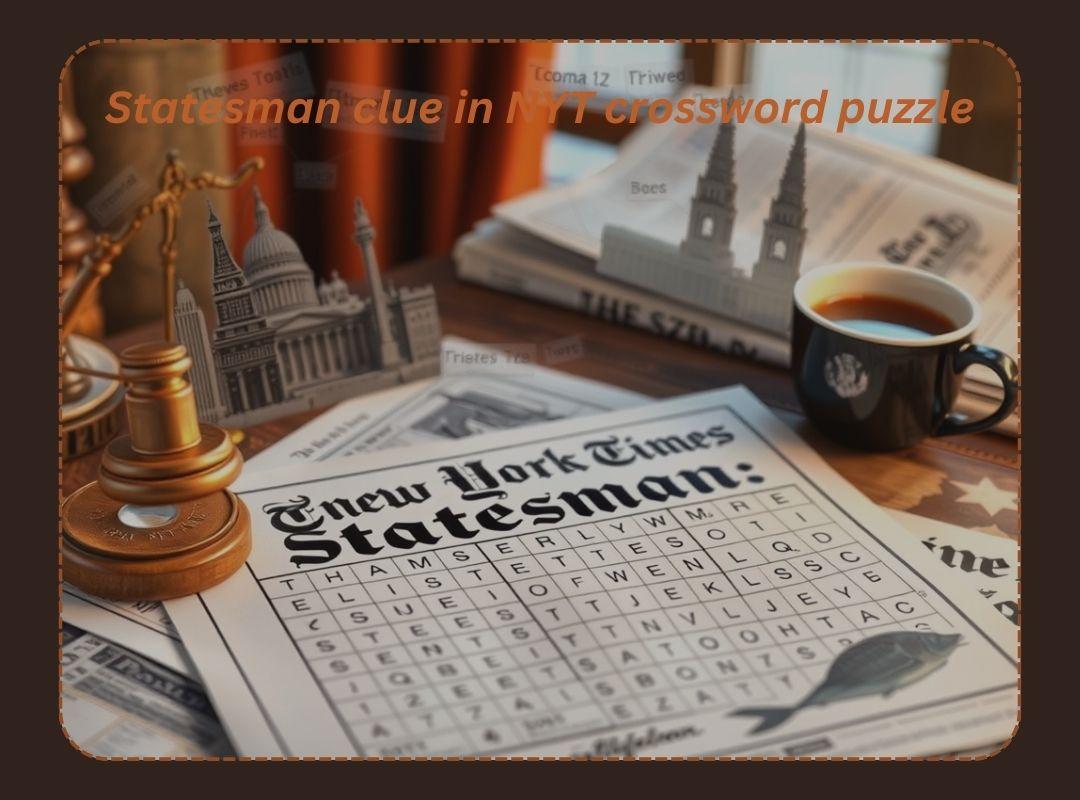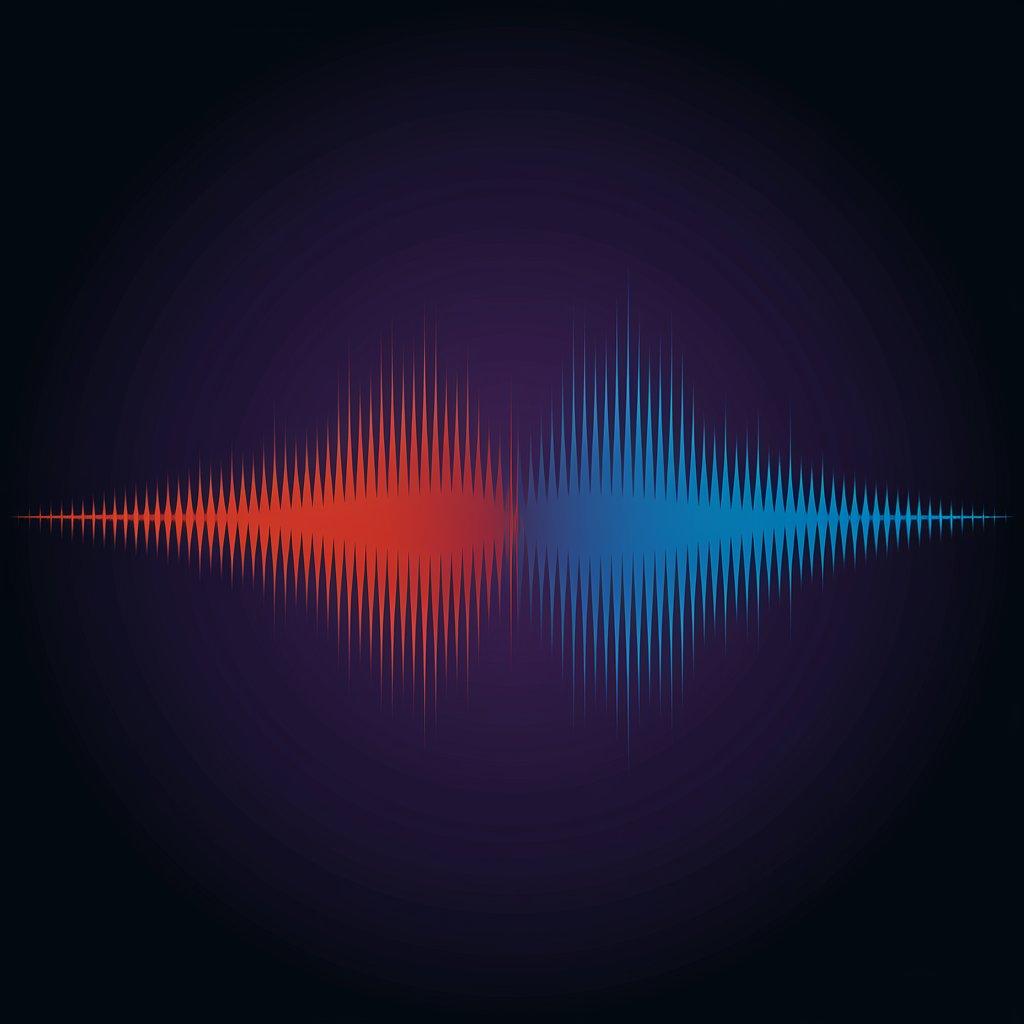Ashley Ann Tahigan Storyboard Guide: Storyboarding is an art form that bridges imagination and execution. If you’ve ever marveled at the seamless flow of a film or been captivated by an animated sequence, chances are there was a storyboard behind it all. Enter Ashley Ann Tahigan, a powerhouse in the world of storyboarding whose work has shaped narratives across various mediums.
But who exactly is she? Why does her approach to storyboarding matter? This guide delves into the intricacies of her techniques while exploring the importance and evolution of storyboarding itself. Whether you’re aspiring to tell your own stories through film, animation, or other creative avenues, you’ll find valuable insights here. Join us as we unpack everything from camera angles to collaboration with directors—unlocking tips that can elevate your storytelling game!
Who is Ashley Ann Tahigan?
Ashley Ann Tahigan is a renowned storyboard artist known for her exceptional ability to visualize narratives. With years of experience in the industry, she has worked on an impressive array of projects ranging from animated features to live-action films.
Her unique style combines artistic flair with a keen understanding of storytelling dynamics. This allows her to effectively communicate complex ideas through simple sketches that capture emotion and movement.
Tahigan’s approach emphasizes collaboration. She often works closely with directors and teams, ensuring that every frame aligns perfectly with the overall vision of the project. Her contributions are not merely technical; they breathe life into scripts, transforming them into compelling visual experiences.
Beyond storyboarding, Ashley Ann is passionate about mentoring emerging artists in the field. She shares her insights and techniques through workshops and online platforms, inspiring others to explore their creative potential within this dynamic art form.
A Brief History of Storyboarding
Storyboarding has roots that stretch back to the early 20th century. It began as a tool for silent films, allowing directors to visualize scenes before production.
Pioneers like Walt Disney embraced storyboards in animation, making them essential for narrative structure and timing. Each sketch served not just as art but as a blueprint guiding the creative process.
As technology evolved, so did storyboarding techniques. The introduction of digital tools transformed traditional hand-drawn boards into dynamic presentations, enabling easier revisions and collaborations.
Today, storyboarding is ubiquitous across various industries—film, television, advertising, and gaming all leverage this powerful method to enhance visual storytelling. It’s more than just drawing; it’s about crafting an experience that resonates with audiences on multiple levels.
Why Storyboarding is Important for Filmmaking and Animation
Storyboarding serves as a blueprint for filmmakers and animators. It transforms abstract ideas into visual narratives, allowing creators to visualize scenes before the camera rolls or the animation begins.
By laying out each shot, storyboards help identify pacing and transitions. This clarity ensures that every moment on screen contributes to the overall narrative flow.
Moreover, storyboards facilitate communication among team members. Directors can convey their vision more effectively to cinematographers and editors through clear visual representations.
They also save time during production. With a detailed roadmap in hand, teams can anticipate challenges and make informed decisions swiftly.
In an industry where collaboration is key, having a storyboard acts as a common language. It harmonizes everyone’s creative efforts toward a shared goal—bringing stories to life with precision and impact.
The Elements of a Good Storyboard: Ashley Ann Tahigan Storyboard Guide
Effective storyboards are built on a few key elements that breathe life into the narrative. First, clarity is essential. Each panel should convey its message without ambiguity, allowing viewers to grasp the story flow effortlessly.
Next comes visual hierarchy. The most important actions or emotions should be highlighted, drawing attention to where they matters most. Using size and spacing wisely can help achieve this balance.
Incorporating detailed annotations enhances understanding. Notes about camera angles, movements, or specific dialogue can provide context that’s crucial for production teams.
Also vital are character expressions and positioning within frames. They communicate emotion and intent in ways words cannot capture.
Consistency in style unifies the storyboard’s look and feel. This cohesion ensures every panel contributes to an overarching vision while making transitions smoother between scenes.
Tips for Creating a Successful Ashley Ann Tahigan Storyboard
Creating a successful Ashley Ann Tahigan storyboard requires both creativity and structure. Start with a clear vision of your narrative. Visualize the story as you want it to unfold, considering each character’s journey.
Sketching rough drafts can be incredibly helpful. Focus on key scenes first before filling in details. This approach allows for flexibility in storytelling without getting bogged down by perfection from the start.
Next, pay attention to pacing and transitions between panels. Ensure that actions flow smoothly; this is crucial for maintaining audience engagement.
Also, think about using color coding or symbols to signify different elements like emotions or camera angles. It adds an extra layer of clarity while making your storyboard visually appealing.
Don’t shy away from seeking feedback from peers or mentors. Their insights can refine your work and help highlight areas for improvement.
Examples of Ashley Ann Tahigan’s Storyboarding Work
Ashley Ann Tahigan’s storyboarding work showcases her unique style and ability to convey complex narratives visually. Each frame is meticulously crafted, offering a glimpse into the emotional depth of characters and scenes.
One standout project features a cinematic sequence that captures raw human emotions through subtle facial expressions and dynamic action. The carefully arranged panels guide viewers seamlessly from one moment to the next, making every transition impactful.
In another example, her storyboard for an animated series bursts with color and creativity. It effectively illustrates character interactions while maintaining clarity in movement and pacing.
Tahigan’s work often incorporates innovative camera angles, enhancing storytelling by creating tension or humor where needed. Her keen understanding of visual language allows audiences to connect deeply with the narrative before it even unfolds on screen.
Welcome to the World of Storyboarding
Step into the captivating realm of storyboarding, a vital blueprint for visual storytelling. This art form transforms ideas into dynamic visuals, bridging the gap between imagination and execution.
In this world, each frame serves as a glimpse into potential scenes. Artists sketch movements, emotions, and atmospheres that bring narratives to life. Whether it’s a heartwarming tale or an action-packed adventure, storyboards lay the foundation.
Storyboarding is not just for filmmakers; animators and game designers thrive on its clarity. It allows creators to visualize sequences before they unfold on screen.
Dive deeper into this craft where creativity meets structure. Every line drawn holds purpose; every detail matters in crafting unforgettable stories. Welcome aboard as we explore techniques that elevate your storyboard skills!
Why Storyboards Matter: A Visual Roadmap to Success
Storyboards are the backbone of any successful visual project. They serve as a dynamic blueprint, guiding creators through every scene and shot. This clarity helps prevent miscommunication among team members.
With storyboards, filmmakers visualize their concepts before production begins. It’s like having a sneak peek into the final product. The scenes come alive on paper, allowing for adjustments and improvements early in the process.
Additionally, they save time and resources down the line. A well-crafted storyboard minimizes confusion during filming or animation by establishing clear expectations from the start.
They also act as an essential reference point throughout production. When challenges arise, teams can revisit storyboards to align on vision and direction. In essence, they create a shared language that unites diverse talents toward common goals.
Ashley Ann Tahigan Storyboard Guide: Ashley Ann Tahigan’s Approach to Storyboarding
Ashley Ann Tahigan approaches storyboarding with a keen eye for detail and a deep understanding of narrative flow. Her work stands out due to her ability to visualize complex scenes in a way that enhances storytelling.
She believes that every storyboard should serve as a bridge between the script and the final visual product. This means capturing not just actions but emotions, pacing, and character dynamics.
Tahigan often emphasizes collaboration in her process. She engages closely with directors and writers, ensuring their vision aligns seamlessly with each panel she creates.
Additionally, her use of color and composition is intentional; it guides viewers’ eyes while conveying mood instantly. Through this meticulous approach, she transforms written scripts into dynamic visual narratives that resonate deeply with audiences.
Ashley Ann Tahigan Storyboard Guide: The Power of Visual Storytelling
Visual storytelling harnesses the innate human affinity for images. A single frame can evoke emotions that words often struggle to convey. This immediacy makes it a powerful tool in art and communication.
In film, animation, or marketing, visuals create a narrative without reliance on dialogue. They guide the audience’s gaze, emphasizing key moments and details. By crafting compelling visuals, storytellers can immerse viewers into their world.
Storyboards serve as blueprints for this visual journey. Each panel encapsulates pivotal scenes and actions, ensuring clarity in execution.
This technique transcends traditional narratives; it enables audiences to connect deeply with characters and themes. When done right, a well-crafted storyboard becomes more than sketches—it transforms into an emotional experience that resonates long after viewing ends.
Understanding the Storyboard Format
Storyboards are visual blueprints that guide the production process. Understanding their format is essential for effective storytelling.
Each panel typically features drawings or sketches, representing key scenes. These images can be accompanied by notes detailing camera angles, actions, and dialogue. The layout often follows a grid pattern to maintain clarity.
Organizing panels sequentially helps convey the flow of the narrative. This structure allows filmmakers and animators to visualize transitions between scenes seamlessly.
Different projects may require specific formats. For instance, animation boards might include timing cues alongside visuals, while live-action storyboards focus more on shot composition.
Mastering storyboard formats ensures your vision translates accurately onto the screen. It’s an invaluable skill that enhances collaboration among all creative team members involved in a project.
Mastering the Elements of a Storyboard Panel
Creating an effective storyboard panel involves integrating various elements that communicate your vision clearly. Each panel must be designed to convey a specific moment or action, capturing the essence of the scene.
Start with character positioning. Where are they relative to each other? This can indicate relationships and emotions without needing any dialogue.
Next, consider background details. These enrich the context and provide insight into the story world. A simple change in scenery can alter mood dramatically.
Think about composition too; how you frame your characters influences viewer perception. Use techniques like rule of thirds to guide focus where it matters most.
Don’t forget movement indicators—arrows or lines showing motion help visualize action sequences effectively. They breathe life into static images, making them dynamic.
Each element contributes significantly to storytelling, allowing audiences to engage fully with what unfolds on screen.
Creating Compelling Camera Angles and Shots
Camera angles and shots are vital in bringing your storyboard to life. They can evoke emotions, set the tone, and guide viewer focus. Choosing the right angle can turn a mundane scene into something extraordinary.
Consider using low-angle shots to portray power or dominance. This perspective makes characters appear larger than life. Alternatively, high-angle shots can create vulnerability or isolation. Each choice impacts how an audience perceives your story.
Experimenting with close-ups captures subtle expressions that convey deeper feelings. Wide shots establish context and surroundings, providing a fuller understanding of the scene’s environment.
Don’t shy away from dynamic movements like tilts or pans; they add energy and fluidity to storytelling.
Think about how each camera decision enhances narrative clarity while keeping viewers engaged with the unfolding action on screen.
Ashley Ann Tahigan Storyboard Guide: Visualizing Movement and Action
Visualizing movement and action in a storyboard is crucial for conveying the energy of a scene. It’s not just about showing characters in motion; it’s about capturing their intentions and emotions.
Start by focusing on key poses that illustrate the character’s journey through space. Think of how every gesture can reflect an underlying feeling or motivation. Use dynamic lines to indicate speed and direction, giving viewers a sense of urgency or calmness.
Consider the timing as well. A rapid sequence may require tighter frames, while slower movements can be depicted over more panels to allow for reflection.
Don’t forget camera angles! They play an essential role in shaping how the action feels—whether it’s expansive wide shots that showcase scale or close-ups that focus on intricate details.
By thoughtfully combining these elements, storyboards come alive with potential, making each frame pulse with activity and narrative depth.
Using Storyboards to Communicate Your Vision
Storyboards serve as a bridge between ideas and execution. They transform abstract concepts into tangible visuals. This clarity is crucial for aligning everyone involved in the project.
Visual storytelling enhances understanding. Each panel encapsulates key moments, allowing collaborators to grasp the narrative flow quickly. With clear imagery, miscommunications diminish significantly.
Utilizing storyboards also invites feedback early on. This collaborative process encourages input from directors, producers, and artists alike. It fosters an environment where creative solutions can flourish before production begins.
Moreover, well-crafted storyboards provide a reference point throughout filming or animation. They guide camera angles, transitions, and pacing—ensuring that your vision remains cohesive from start to finish.
In essence, using storyboards effectively communicates your artistic intent while streamlining collaboration among team members.
Storyboarding for Film and Television
Storyboarding for film and television is a crucial step in the production process. It serves as a visual blueprint for directors, cinematographers, and the entire crew.
A well-crafted storyboard helps everyone understand the narrative flow. Each panel illustrates key scenes, capturing essential emotions and actions. This clarity ensures that all team members are aligned with the director’s vision.
In this medium, pacing is vital. Storyboards allow creators to visualize timing and rhythm before shooting begins. They can experiment with camera angles and transitions without costly reshoots or edits.
Additionally, storyboards facilitate communication among departments. From art direction to lighting design, each segment provides insights into what’s needed on set. By illustrating complex sequences visually, they keep everyone on track toward achieving their creative goals.
Storyboarding for Animation and Games
Storyboarding for animation and games is a dynamic process that breathes life into ideas. It serves as the blueprint, guiding artists through every scene and action.
In animation, storyboards help visualize character movements and expressions. They outline keyframes that capture essential emotions or comedic timing. This clarity ensures fluid transitions between scenes.
For games, storyboarding focuses on player experience. Each frame illustrates gameplay mechanics alongside narrative elements. Game developers can map out levels, challenges, and interactive moments effectively.
To engage the audience, it’s vital to highlight key actions within each panel. Using color coding can enhance understanding of different sequences or moods.
Additionally, collaboration with animators and designers enriches the storyboard’s depth. Their insights lead to more compelling visuals that resonate with players’ emotions or expectations in gaming environments.
Storyboarding for Commercials and Marketing
Storyboarding for commercials and marketing is a vital step in crafting compelling visual narratives. It allows creators to plot the sequence of events efficiently, ensuring that every frame contributes meaningfully to the overall message.
A well-designed storyboard helps visualize concepts before production begins. This preemptive measure saves time and resources while minimizing potential miscommunication among team members.
In this fast-paced industry, capturing attention quickly is essential. Storyboards enable marketers to experiment with different approaches, camera angles, and transitions that can make or break an advertisement’s impact.
Moreover, they serve as a powerful tool for pitching ideas to clients or stakeholders. A clear visual representation of each scene enhances understanding and garners enthusiasm for the project’s direction.
Effective storyboarding transforms abstract ideas into engaging stories that resonate with audiences across various platforms.
Storyboarding for Educational and Training Materials
Storyboarding is a powerful tool for creating educational and training materials. It helps visualize complex concepts in an engaging way. By mapping out each instructional step, educators can create clear narratives that enhance understanding.
Using storyboards allows instructors to anticipate questions learners might have. This foresight enables the development of more targeted content that addresses specific needs. Visual elements like sketches or icons also promote retention, making lessons memorable.
Incorporating real-world scenarios into storyboards adds relevance to the material. Trainees relate better when they see practical applications of concepts being taught.
Additionally, collaborating with subject matter experts during the storyboarding process ensures accuracy and depth. It transforms abstract ideas into structured learning paths that guide students effectively.
By embracing this approach, creators can foster deeper engagement and drive meaningful learning experiences in any educational setting.
Storyboarding for Different Genres
Storyboarding varies dramatically across genres, each demanding a unique approach. In horror, for instance, the focus often shifts to building suspense through shadowy frames and claustrophobic angles. The goal is to evoke fear before the payoff.
Conversely, comedies thrive on timing and visual gags. Here, storyboards emphasize expressions and reactions that enhance punchlines. Clear spacing between scenes helps maintain rhythm.
Action films require dynamic layouts filled with movement. Storyboards capture thrilling sequences of chase scenes or fight choreography, ensuring every pulse-pounding moment translates effectively onscreen.
When it comes to romance, the emphasis lies in intimate moments—soft lighting and close-ups can convey emotion without dialogue.
Animation embraces an imaginative flair where storyboards serve as a playground for creativity. Each genre demands an understanding of its audience while showcasing distinctive storytelling techniques within the storyboard framework.
Working with Directors and Producers
Collaboration is key when it comes to storyboarding, especially with directors and producers. Their vision drives the project forward, making open communication essential.
Understanding their goals ensures that your storyboard aligns with the overall narrative. It’s about translating ideas into visual sequences that resonate well with everyone involved.
Regular feedback sessions can enhance this relationship. Directors often have specific styles or themes in mind, which can guide your artistic choices.
Producers focus on logistics and budget constraints. Being mindful of these factors helps you create a storyboard that’s not only creative but also feasible within production limits.
Flexibility is crucial too. As scripts evolve, so must your boards. Adapting quickly while staying true to the core message makes collaboration smoother and more effective.
Listening attentively to their insights builds trust and strengthens teamwork throughout the filmmaking process.
Collaborating with Artists and Designers
Collaboration with artists and designers is essential in the storyboarding process. It fosters creativity and brings diverse perspectives to a project. Each artist contributes their unique style, enriching the visual narrative.
Open communication is key during this phase. Discussing ideas early allows everyone to align on the project’s vision. Sharing sketches or mood boards can spark inspiration and lead to innovative concepts.
Embrace feedback as an opportunity for growth. Constructive criticism helps refine ideas while strengthening team dynamics. Engaging in brainstorming sessions encourages experimentation, leading to unexpected breakthroughs.
Respect each other’s expertise; recognize that every artist has strengths worth leveraging. This synergy often results in more compelling storyboards that captivate audiences and convey complex emotions effectively.
Remember, collaboration isn’t just about sharing tasks; it’s about creating together—building something greater than what any individual could achieve alone.
Storyboarding for Different Production Budgets
Storyboarding can adapt to various production budgets, ensuring that creativity isn’t limited by finances. For low-budget projects, simple sketches or even stick figures can effectively communicate key scenes. The focus here is on conveying ideas without the need for elaborate artwork.
Mid-range budgets often allow for more detailed boards with color and shading. This level of detail helps visualize shots better but still remains manageable in terms of cost. It’s about striking a balance between quality and budget constraints.
High-budget productions typically employ professional storyboard artists who produce intricate visuals that resemble final frames. These storyboards are critical for coordinating large teams and resources effectively.
Regardless of budget, the core function remains: telling a powerful story visually. Each approach serves its purpose, allowing creators to share their vision while working within financial limitations.
Tips for Efficient Storyboarding
Start by defining a clear purpose for your storyboard. Knowing what you want to convey helps streamline the process.
Utilize templates or digital tools to save time. These resources can simplify layout and organization, making it easier to focus on creativity.
Sketch quickly and don’t aim for perfection in the early stages. Rough drafts can help capture ideas before fine-tuning them later.
Incorporate feedback throughout your process. Sharing with peers or collaborators can spark new insights and improve overall quality.
Group similar scenes together. This keeps related visuals organized and enhances coherence in storytelling.
Stay flexible; adjustments are part of the journey. Embrace changes as they arise rather than resisting them, ensuring a more effective outcome.
Storyboarding Software and Tools
Storyboarding software and tools have revolutionized the way artists bring their ideas to life. These digital platforms streamline the process, allowing for quick adjustments and easy collaboration.
Programs like Storyboard Pro offer a blend of drawing tools and timeline features, making it easier to visualize scenes in motion. They cater to both seasoned professionals and budding storytellers with user-friendly interfaces.
Free options like Canva provide templates that can jump-start your creative flow without overwhelming complexity.
For those who prefer traditional methods, tablet apps such as Procreate combine the tactile feel of drawing with digital flexibility. This fusion empowers you to sketch freely while retaining the ability to edit on the fly.
Whether you’re working on film, animation or commercial projects, choosing the right tool can enhance productivity and clarity in your storytelling journey. Each tool has its unique strengths tailored to different needs within various industries.
Storyboarding Masterclass: Learn from the Best
A storyboarding masterclass offers a unique opportunity to dive deep into the craft alongside seasoned professionals. These experts bring years of experience, sharing insights that can only be gained through real-world practice.
Participants often engage in hands-on exercises, learning how to translate scripts into visual narratives. It’s not just about drawing; it’s about conveying emotion and movement effectively.
Instructors usually cover various styles and techniques. From traditional hand-drawn panels to modern digital tools like Storyboard Pro or Photoshop, there’s something for everyone.
Networking is another invaluable aspect of these classes. Connecting with fellow creators fosters collaboration and sparks new ideas.
By immersing yourself in this environment, you gain confidence in your storytelling abilities. Each lesson aims to refine your skills while igniting your passion for visual storytelling.
Behind the Scenes: How Storyboards Shape Cinematic Masterpieces
Storyboards are the unsung heroes of filmmaking. They serve as a visual blueprint, guiding the entire production process. Each panel captures critical moments, allowing directors to envision how scenes will unfold.
Behind the camera, storyboards help communicate complex ideas clearly. They bridge gaps between writers, artists, and crew members. When everyone shares a common vision, collaboration flourishes.
These sketches shape pacing and determine shot composition long before cameras roll. Whether it’s a sweeping landscape or an intense close-up, every detail matters in crafting compelling narratives.
Iconic films often begin as simple drawings that evolve into cinematic masterpieces. The transition from storyboard to screen is where creativity meets technical skill.
Filmmakers rely heavily on these visual aids during editing too—ensuring that each cut aligns with their artistic vision while maintaining continuity throughout the storyline. Storyboarding transforms abstract concepts into tangible visuals that ultimately captivate audiences worldwide.
Analyzing Storyboards from Famous Films
Analyzing storyboards from famous films reveals the meticulous planning behind each scene. These visual blueprints serve as a guide for directors, cinematographers, and actors alike.
Take “The Shawshank Redemption,” for example. The storyboard captures key emotional beats and pivotal shots that enhance storytelling. Each panel meticulously depicts framing choices that invite viewers into Andy Dufresne’s world.
In contrast, look at “Star Wars.” Its storyboards are dynamic and inventive, showcasing action sequences with clarity. They illustrate how George Lucas envisioned movement through space—a thrilling experience for audiences.
Examining these boards helps us appreciate the artistry involved in filmmaking. Every line drawn contributes to pacing, emotion, and atmosphere. It’s a fascinating glimpse into creative processes often hidden from view but essential to cinematic magic.
The Evolution of Storyboarding
Storyboarding has undergone significant transformation since its inception in the early 20th century. Initially, it emerged as a tool for animators to visualize scenes before production began. The simple sketches laid out sequences, helping teams plan their narratives effectively.
As technology advanced, so did storyboarding techniques. With the rise of film in Hollywood, studios adopted more structured formats that included detailed frames and annotations. This evolution allowed filmmakers to explore complex visual storytelling.
The digital age brought even greater change. Software tools revolutionized how artists create storyboards, enabling them to produce intricate graphics quickly. Collaboration became easier with cloud-based platforms where team members can share and edit work seamlessly.
Today’s storyboard is not just a series of images but a comprehensive roadmap for productions across various mediums—from films and television shows to video games and commercials. As the industry continues to expand, so does the role of storyboards in shaping creative visions into reality.
Storyboarding for Beginners
Starting with storyboarding can feel overwhelming, but it doesn’t have to be. Embrace simplicity when crafting your first storyboard. Begin by sketching out key scenes of your story. Focus on the main actions and emotions.
Each panel should represent a moment that moves the narrative forward. Don’t worry about artistic perfection; clarity is more important than beauty at this stage.
Use stick figures or basic shapes to convey movement and expression effectively. Label your panels with dialogue, camera angles, and notes about sound effects if necessary.
Practice regular brainstorming sessions to generate ideas without self-judgment. This helps build confidence in translating thoughts into visual forms.
Gather feedback from peers or mentors as you develop your skills further. Storyboarding is an iterative process where each draft leads you closer to a compelling visual narrative, so keep refining until you’re satisfied!
Storyboarding for Professionals
For professionals in the industry, storyboarding is an essential skill that enhances creativity and communication. It allows for a clear visualization of ideas, ensuring everyone involved understands the vision.
Experienced storyboard artists often focus on refining their techniques to match specific project needs. This adaptability can elevate storytelling across various mediums, from film to digital content.
Collaborating with directors and producers becomes seamless when effective storyboards are in place. A well-crafted board not only captures the narrative but also highlights critical moments that resonate with audiences.
In addition, professionals must stay updated on industry trends and tools. The incorporation of advanced software can streamline processes and enhance visual quality as technologies evolve.
Dedicated practice leads to mastery within this art form. Professionals who invest time in honing their skills will continually push creative boundaries through compelling visual narratives.
The Future of Storyboarding
The future of storyboarding is brimming with potential. As technology advances, so do the tools available to storyboard artists. Virtual reality and augmented reality are paving new paths for immersive storytelling experiences.
Digital platforms are becoming increasingly popular, allowing creators to collaborate in real time from different locations. This shift enhances creativity and speeds up production timelines.
Artificial intelligence is also making its mark. AI-driven software can assist in generating initial sketches or suggesting camera angles based on scripts. While it won’t replace human artistry, it serves as a valuable tool.
As the demand for diverse content grows, the role of storyboards will expand across various media—from interactive games to virtual environments. The art form continues evolving while remaining foundational in visual storytelling.
Embracing these changes will be essential for artists looking to stay relevant and innovative in this dynamic landscape.
Conclusion: How to Use This Guide to Improve Your Own Storyboarding Skills
Utilizing this guide can elevate your storyboarding abilities significantly. By exploring Ashley Ann Tahigan’s techniques, you’ll discover fresh perspectives on visual storytelling.
Experiment with the tips provided here. Try different camera angles or layouts to find what resonates with your style. Each panel is a chance to express creativity and clarity in your narrative.
Consider collaborating with peers for feedback. Sharing insights can uncover new ideas and enhance your skills further.
Invest time in mastering the storyboarding software mentioned throughout this guide. Digital tools offer flexibility that traditional methods sometimes can’t match.
Keep practicing regularly, refining your technique over time. With patience and persistence, you’ll see improvement in how effectively you communicate stories visually. Engage deeply with every project; it will enrich not just your portfolio but also your artistic journey moving forward.
FAQs
When diving into the world of storyboarding, many questions arise. Here are some frequently asked questions along with their answers to help you navigate your journey to create effective storyboards.
What is a storyboard?
A storyboard is a visual representation of how a film, animation, or other project will unfold. It consists of illustrations or images displayed in sequence to pre-visualize scenes.
Why is storyboarding important?
Storyboarding helps filmmakers and animators map out their vision clearly, ensuring that every shot aligns with the narrative flow. It acts as a blueprint for production and can save time and resources during filming or animation.
How do I start creating my own storyboard?
Begin with sketches or digital drawings focusing on key scenes from your script. Break down dialogue and action into panels while considering camera angles and movement.
What software can I use for storyboarding?
There are various tools available such as Storyboard Pro, Toon Boom Harmony, Adobe Photoshop, or even free options like Storyboard Fountain. Choose one that fits your workflow best.
Can anyone learn how to storyboard?
Absolutely! While experience can enhance skills over time, anyone interested in storytelling through visuals can learn by studying techniques and practicing regularly.
How long does it take to create a storyboard?
The timeframe varies depending on the complexity of the project and the detail required in each panel. Some may complete simple boards quickly while others might spend weeks refining intricate details for larger productions.
Is there any specific format for storyboards?
While there are no strict rules governing formats, most storyboards include numbered panels accompanied by descriptions indicating actions, dialogue notes, sound effects—or anything else essential for understanding each scene’s intent.
Asking these questions sets a solid foundation for advancing your understanding of Ashley Ann Tahigan’s approach to crafting compelling stories through effective storyboarding techniques. With practice and creativity at hand—enhancing your skills becomes an exciting possibility worth exploring further!
FOR FURTHER INFORMATION VISIT: BUIENRADAR.CO.UK


